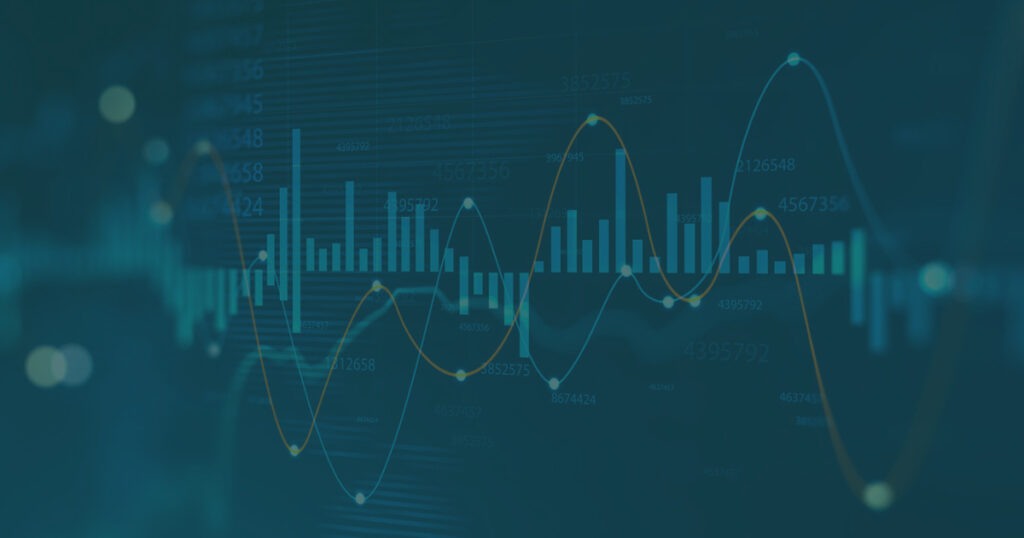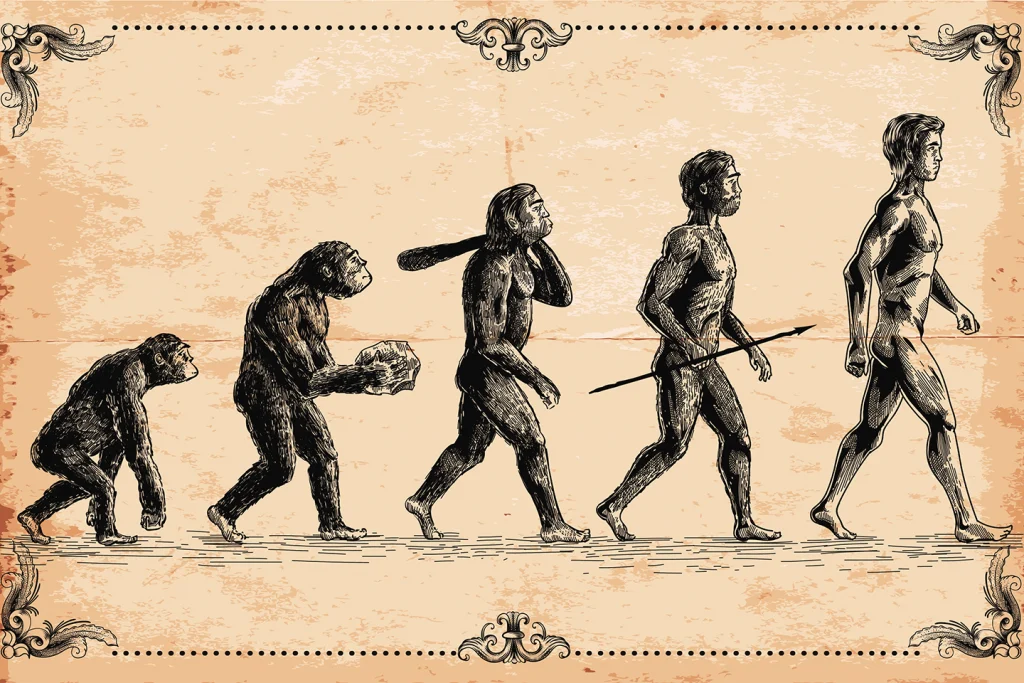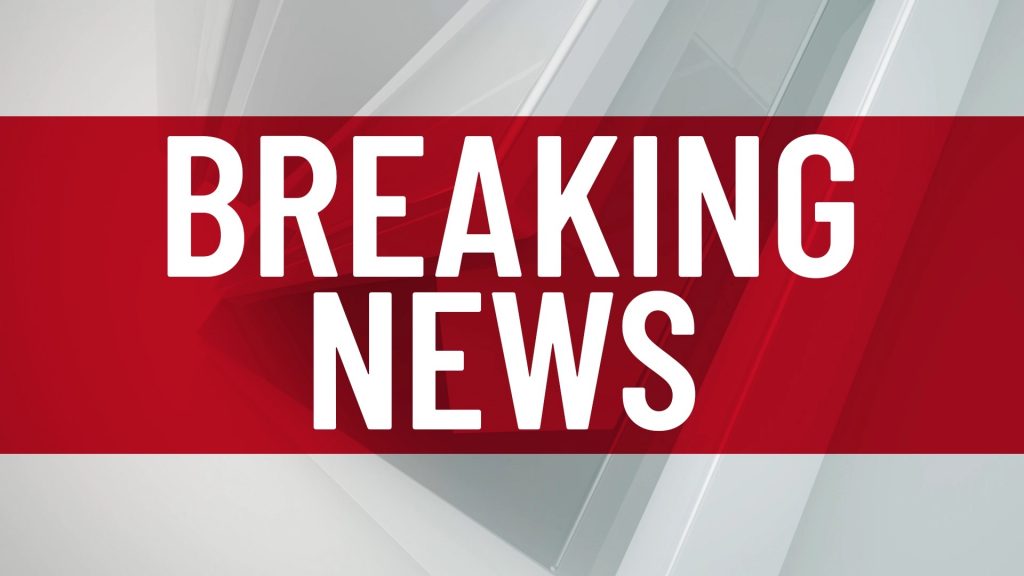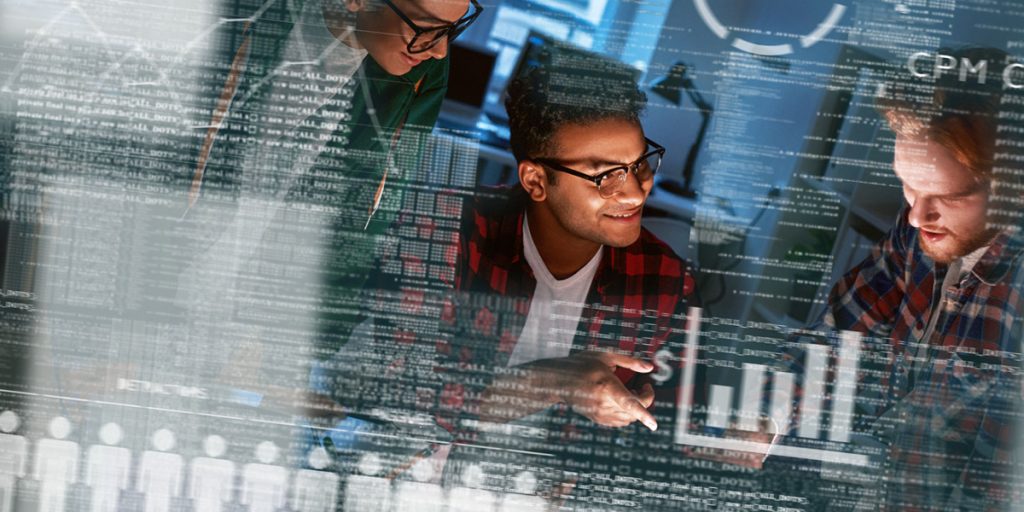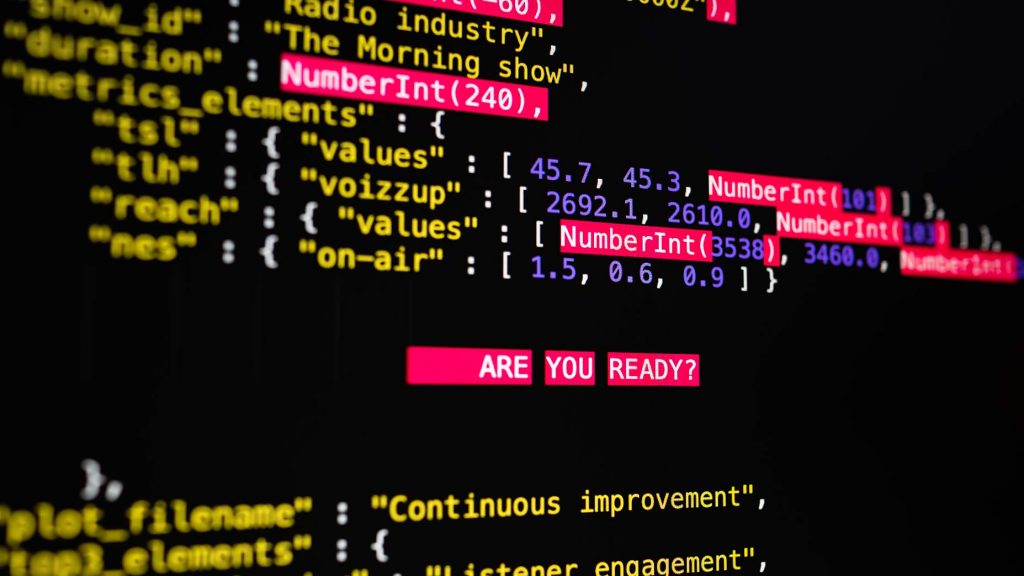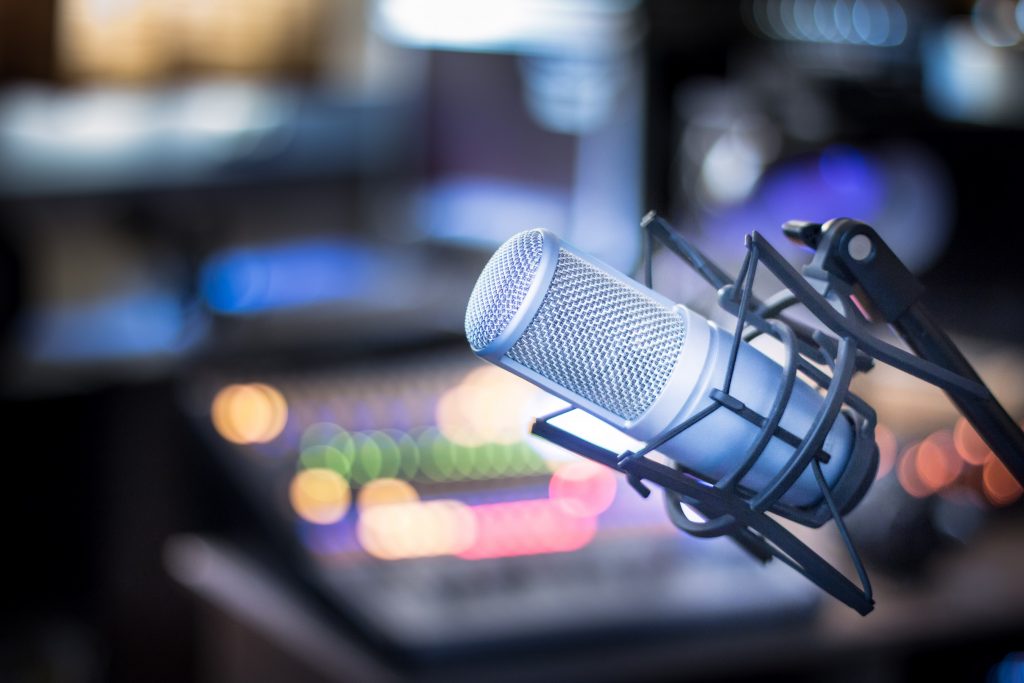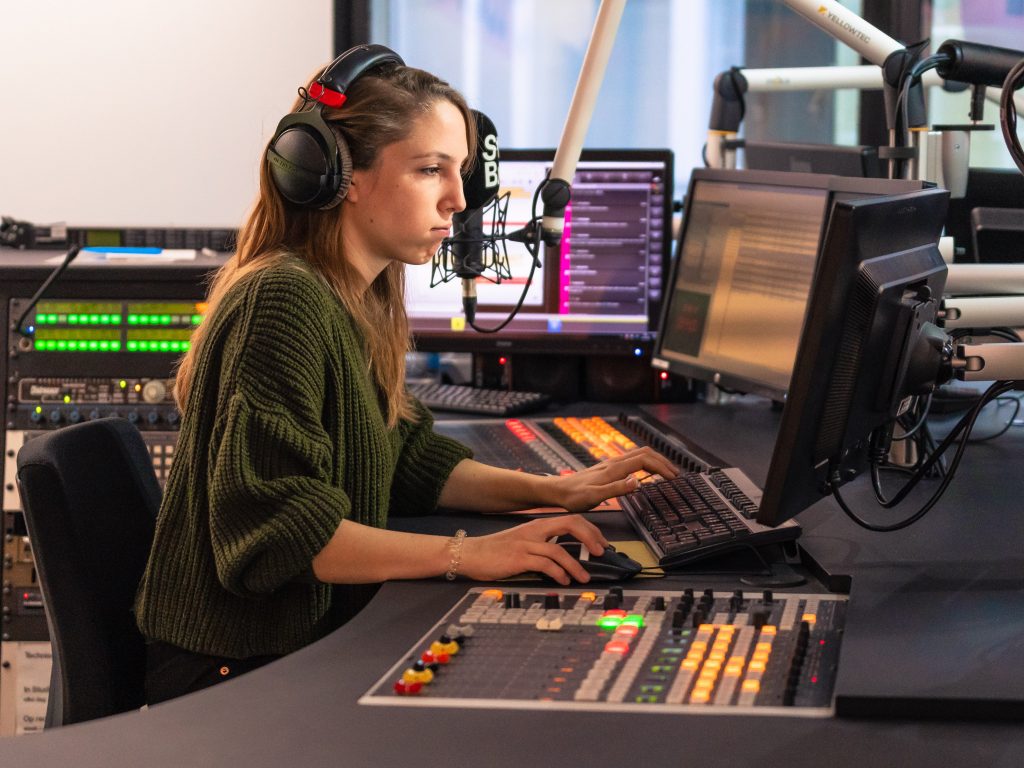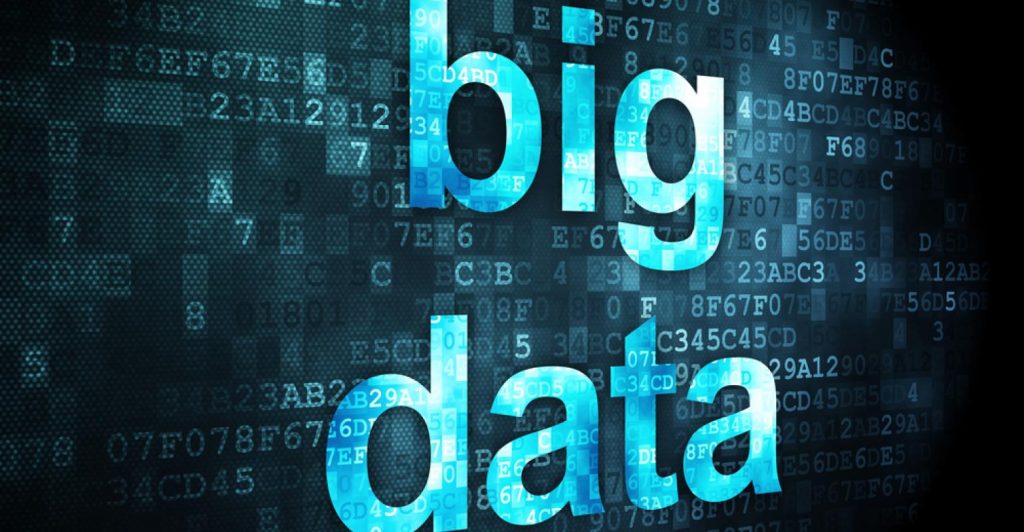Unlocking the power of Data in Radio: Boost agility in your on-air team
Learn how Voizzup’s methodology for unlocking the power of data can help your radio station team become more agile, efficient, and aligned through scientific experimentation and iteration cycles. Contact us to find out more.

